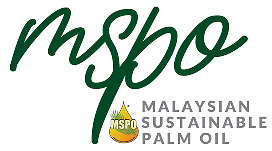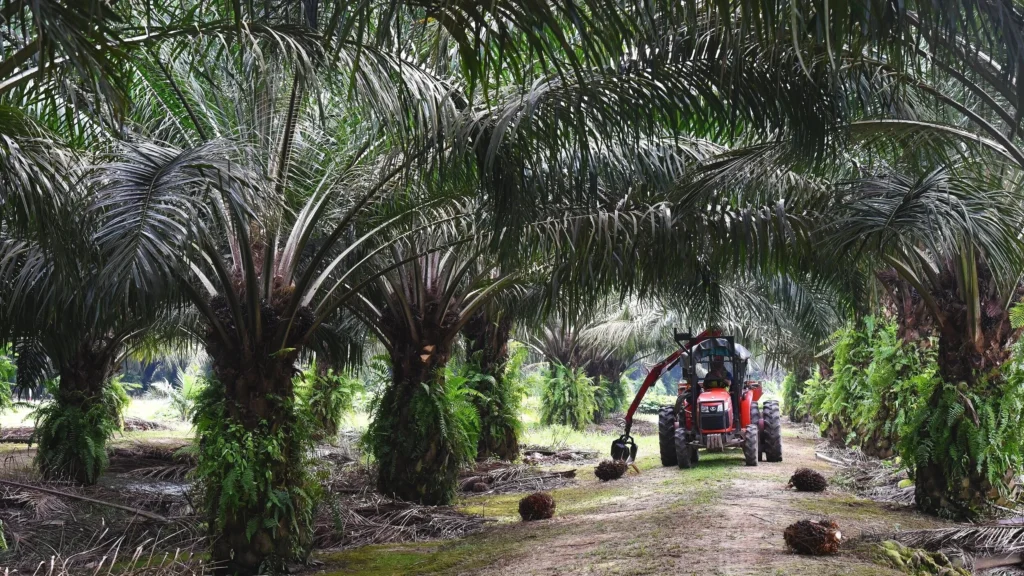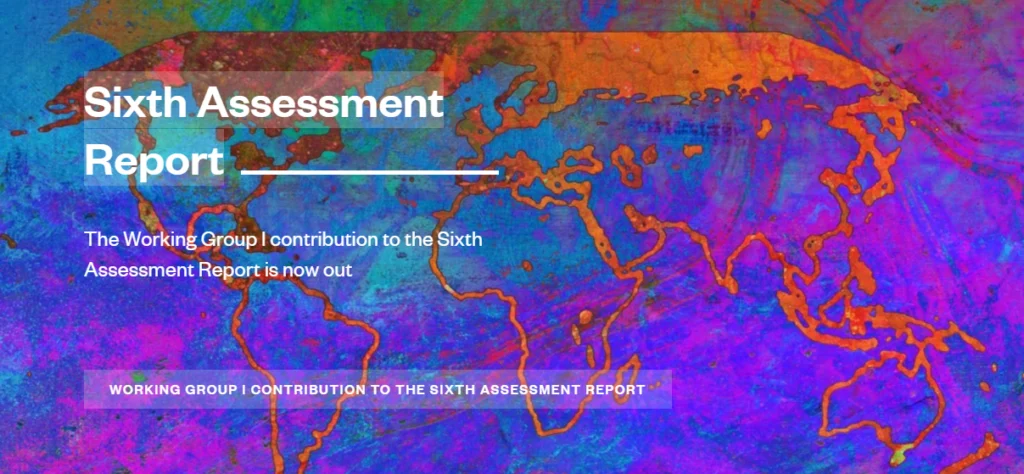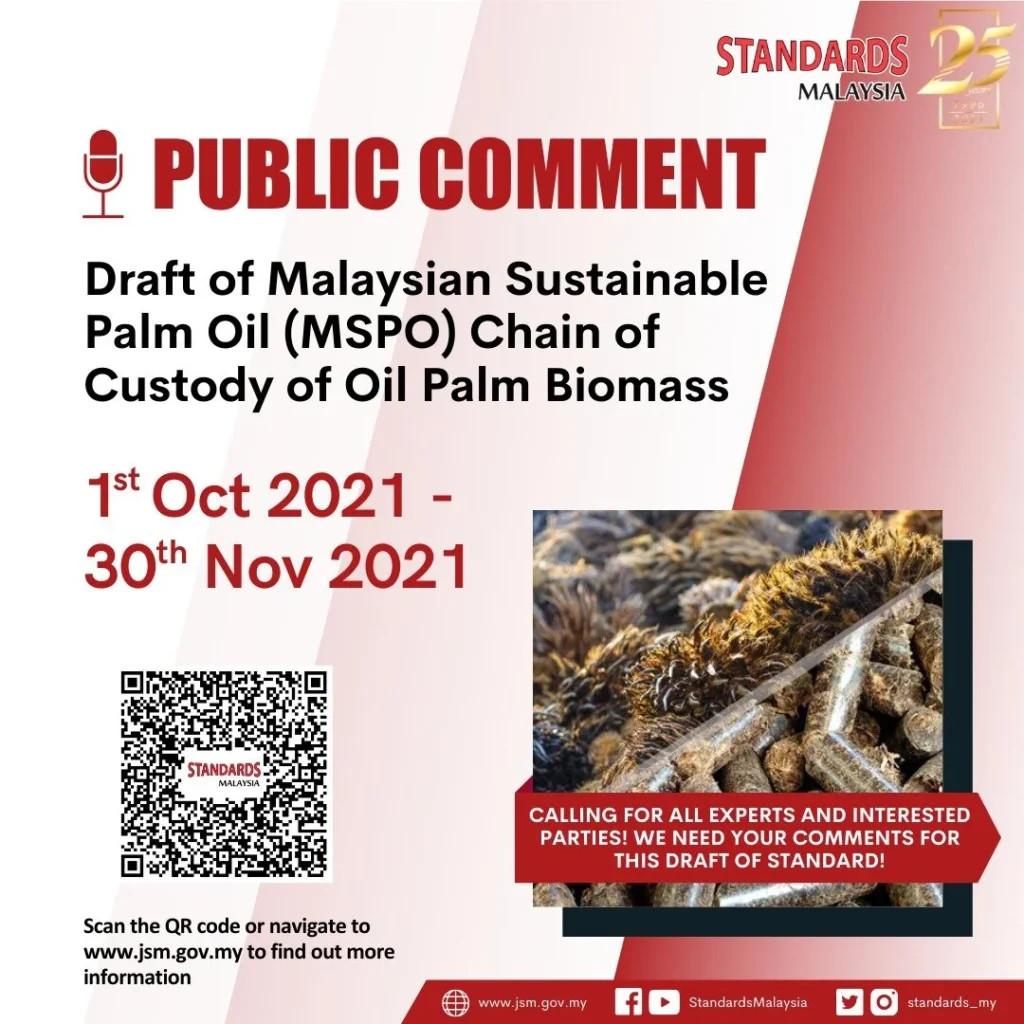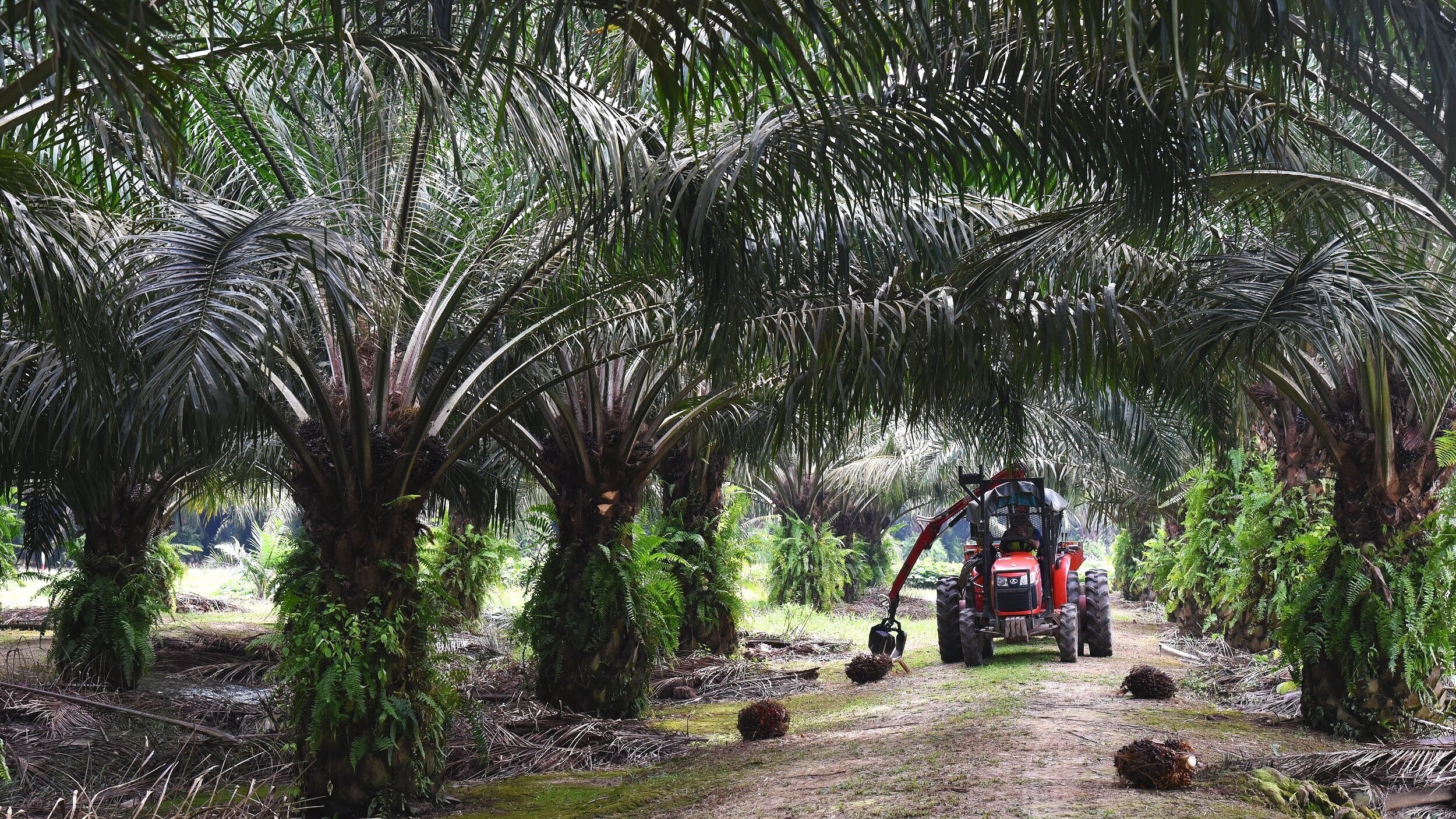
Biodiversity Friendly Landscapes in Agriculture
-
“Agriculture is a significant contributor to anthropogenic global warming, and reducing agricultural emissions—largely methane and nitrous oxide—could play a significant role in climate change mitigation.” Frontiersin
-
“To Slow Global Warming, U.N. Warns Agriculture Must Change” NPR
-
“Changes in agricultural production could result in reduced greenhouse gas emissions and removal of carbon dioxide from the atmosphere.” USDA-ERS
There is an abundance of knowledge on the environmental impact of agriculture on climate. Numerous studies on the environmental impact of land-use change have been conducted.
A study by the United Nation’s FAO
showed that:
“On average over the last decade, China was the country with the largest agricultural land extent (about 500 million hectares or Mha), followed by the United States, Australia (about 400 Mha each) and Brazil (278 Mha). India had the largest cropland area (nearly 170 Mha), followed by the United States (158 Mha), China, and the Russian Federation (about 120 Mha each).”
The FAO established agricultural land in Malaysia at 8,571,000 ha or approximately 26% of the land area. Information from the Global Economy indicates that
agricultural land in Malaysia is well below that of a world average
which is 38.10 percent based on 193 countries. A market overview and trade data can be accessed through the US government’s International Trade Administration report which reported palm oil, rubber, cocoa, and wood products accounting for 4% of the country’s GDP.
As one of the key agricultural crops grown alongside rubber, rice, and cocoa, the palm oil industry has tremendous potential to
preserve biodiversity
due to its perennial cultivation. This is an important factor in considering the sustainability of palm oil in Malaysia. While the landscape may not be favorable for other vegetable oils like soy or rapeseed which require large expanses of flatlands, Malaysia could have opted for sunflower cultivation. However, these crops are annuals, meaning that the entire farmed area has to be tilled over once or twice a year. This effectively removes any chance for biodiversity to recover in the farmed area.
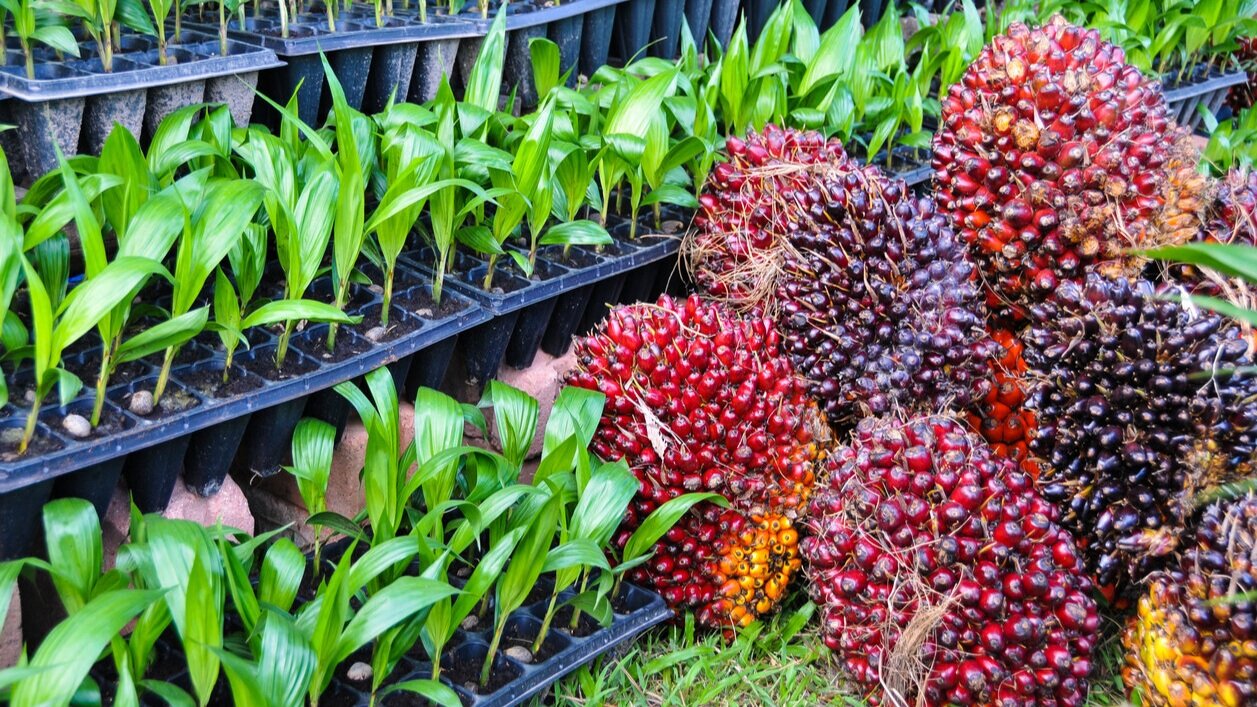
Preserving Biodiversity in Cultivated Areas
Alarm over the environmental impacts of tilling has been raised in recent years. Multiple studies have urged
reduced tilling
to lessen the environmental impact of annual crops especially in their
contribution
to climate change.
In comparison to annual crops like soy or sunflower, perennial crops like palm oil or rubber and cocoa, are cultivated over decades as mature trees produce harvest after harvest without the need to completely uproot the trees. This gives biodiversity a chance to take root. This potential for oil palm cultivated areas to maintain some biodiversity was studied in-depth in a report
“Understory Vegetation in Oil Palm Plantations Benefits Soil Biodiversity and Decomposition Rates”
The conclusions of the report provided key actions that could be undertaken by oil palm growers to further enhance biodiversity levels in plantations. These actions to protect biodiversity levels in oil palm cultivated areas could dramatically increase biodiversity levels in palm oil plantations once added to sustainability schemes.
Malaysian palm oil plantations and mills
have a long history of improving the sustainability of vegetable oil cultivation. The introduction of the Roundtable on Sustainable Palm Oil (RSPO) in the early 2000s saw many planted areas in Malaysia attaining certification under the RSPO.
The arrival of certification schemes like the RSPO and the ISCC led to a concentrated effort to protect areas that were seen as essential to the preservation of the local landscape.
The RSPO introduced the concept of High Conservation Value (HCV) forests meaning forested areas that was important for essential ecological services like habitat for wildlife and preservation of water source quality for local communities. The HCV concept was later enhanced by the High Carbon Stock concept which sought to protect not only local conservation needs but also the need to prevent emissions from peatlands and other areas that were essential for carbon sequestration.
While both the RSPO and the ISCC serve to certify palm oil operations as sustainable, the notable difference between them is that the RSPO has the potential to prevent plantings in areas that violate its principles whereas the ISCC focuses more on what is already developed and determines whether that qualifies under its certification.
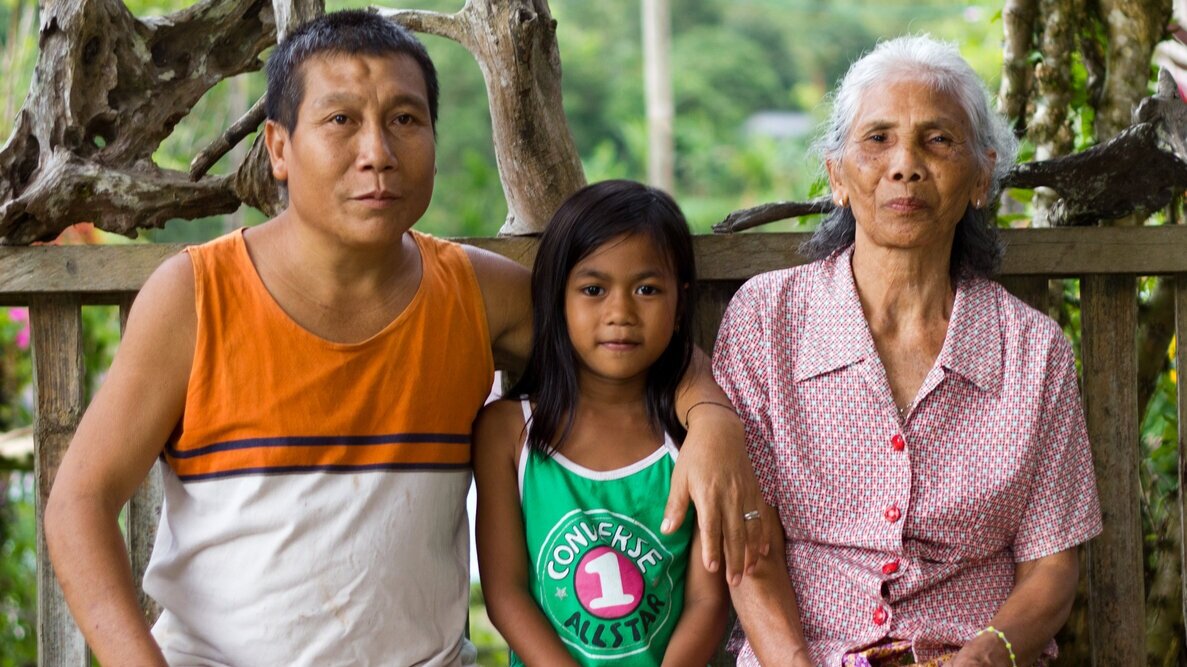
Nationwide Impact on Biodiversity
The Malaysian Sustainable Palm Oil scheme is a later addition to the certification of palm oil. From the experiences of international schemes, the MSPO adopted key principles from these schemes and adapted them into a certification scheme that works in a national context to meet the Sustainable Development Goals as laid out by the United Nations.
This simply means that the needs of local communities and economies are weighted equally to conservation and biodiversity to establish the benchmark for sustainable palm oil.
The key difference between the MSPO and other certification schemes is that it is mandated by law whereas other certification schemes are voluntary. This is a critical point for the sustainability of palm oil. An example would be that other certification schemes are employed by Malaysian palm oil producers to address the demands of individual buyers or market segments.
This has worked well to meet the sustainability demands of buyers and markets where an exporting company can trace its supply back to plantations and mills that are certified. Limited global demand for certified palm oil has led to a
stagnated point in certifying Malaysian palm oil
which currently stands at about
20% of all operations
. The reason for this is quite simply that the current level of demand for certified sustainable palm oil is only 20% of the global supply.
On the other hand, MSPO as a mandated certification scheme does not look at individual buyer demands or market segments. Its role as a national sustainability scheme is to ensure that all of Malaysia’s palm oil production is certified regardless of demands. As a key agricultural product, its certification under the MSPO has seen a dynamic drive towards the preservation of biodiversity in Malaysia.
Numerous reforesting programs supported by buyers of Malaysian palm oil are contributing to the restoration of biodiversity areas. Such efforts can be seen
here
and
here.
Local conservation
groups
are adding to the restoration as well as national and state-level programs including the
100 million tree campaign
which was launched on International Biodiversity Day 2021.
The MSPO as a Malaysian effort to certify sustainable palm oil for the global market plays a key role in ensuring that its principle of High Biodiversity Value areas is included in the national plan to protect Malaysian biodiversity. We believe that landscape impact on a national level will go much further in protecting biodiversity, especially those species that are endemic to Malaysia.
